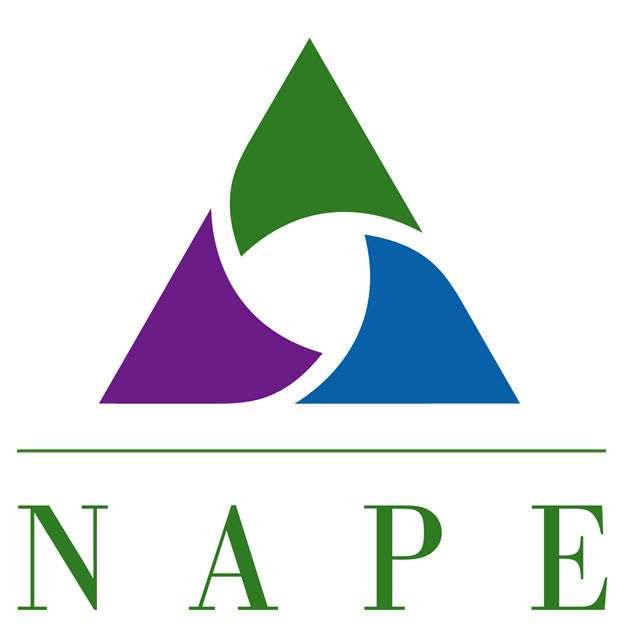NA 6.5 References
Adichie, C.N. (2009). The danger of a single story. Retrieved from http://www.ted.com/talks/chimamanda_adichie_the_danger_of_a_single_story
American Indian Science and Engineering Society (n.d.). About AISES. Retrieved from http://www.aises.org/about
Brayboy, B, & Maughan, E. (2009) Indigenous knowledges and the story of the bean. The Harvard Review (97)1.
Chiang, L.H. (1993, Oct). Beyond the Language: Native Americans’ Nonverbal Communication. Paper presented at the 23rd Annual Meeting of the Midwest Association of Teachers of Educational Psychology, Anderson, IN. Retrieved from http://files.eric.ed.gov/fulltext/ED368540.pdf
Contrasting values. (n.d.). Teaching and Learning with Native Americans: A Handbook for Non-Native American Adult Educators. Retrieved from http://literacynet.org/lp/namericans/values.html
Dolezal, V. (2011, October 14). Circle of concern, circle of influence, circle of control. Alive with passion! Retrieved from http://vladdolezal.com/blog/2011/circle-of-concern-circle-of-influence-circle-of-control/
Green, D. and Paunesku, D. (2014, February 25). Changing mindsets to raise achievement: The Stanford University Project for Education Research That Scales. Character and Context.
Retrieved from http://www.spspblog.org/changing-mindsets-to-raise-achievement/
Institute of Education Sciences. (2011). National Assessment of Educational Progress (NAEP): National Indian Education Study. Retrieved from http://nces.ed.gov/nationsreportcard/nies/nies_2011/national_sum.aspx
National Indian Education Association. (n.d.). Statistics on Native Students. Retrieved from http://www.niea.org/Research/Statistics.aspx
Native American awareness for educators and school psychologists. (n.d.). Retrieved from http://www.minotstateu.edu/schpsych/NDASP/Native.htm
Paunesku, D. (2014, January). Changing mindsets to raise achievement: Evidence from the Stanford University Project for Education Research That Scales. Retrieved from https://www.perts.net/files/articles/PERTS_Summary_January_2014.pdf
Reinhardt, M., & Maday, T. (2005). Interdisciplinary manual for American Indian inclusion. Tempe, AZ: Educational Options.
Rowe, M. P. (1990). Barriers to equality: The power of subtle discrimination to maintain unequal opportunity. Employee Responsibilities and Rights Journal, 3(2), 153-163. Retrieved from
http://www.stemequitypipeline.org/_documents/Rowe-Article-Long.pdf
U.S. Census Bureau. (n.d.). American fact finder. Retrieved from http://factfinder2.census.gov/faces/tableservices/jsf/pages/productview.xhtml?pid=ACS_12_1YR_C15010C&prodType=table
U.S. Department of Education, Institute of Education Sciences, National Center for Education Statistics. National Assessment of Educational Progress (NAEP), 2013 Mathematics and Reading Assessments. Retrieved from http://www.nationsreportcard.gov/reading_math_g12_2013/#/learning-context
U.S. Department of Education Office for Civil Rights. (2014, March). Data snapshot: School Discipline. Civil Rights Data Collection (CRDC). Retrieved from http://www2.ed.gov/about/offices/list/ocr/docs/crdc-discipline-snapshot.pdf
Walbert, K. (n.d.). American Indian vs. Native American: A note on terminology. Teaching about North American Indians. Retrieved from http://www.learnnc.org/lp/editions/nc-american-indians/5526
Young, S. (2007). Micromessaging: Why great leadership is beyond words. New York: McGraw Hill.
Yurkiewicz, I. (2012, September 23). Study shows gender bias in science is real. Here’s why it matters. Scientific American. Retrieved from http://blogs.scientificamerican.com/unofficial-prognosis/2012/09/23/study-shows-gender-bias-in-science-is-real-heres-why-it-matters/

